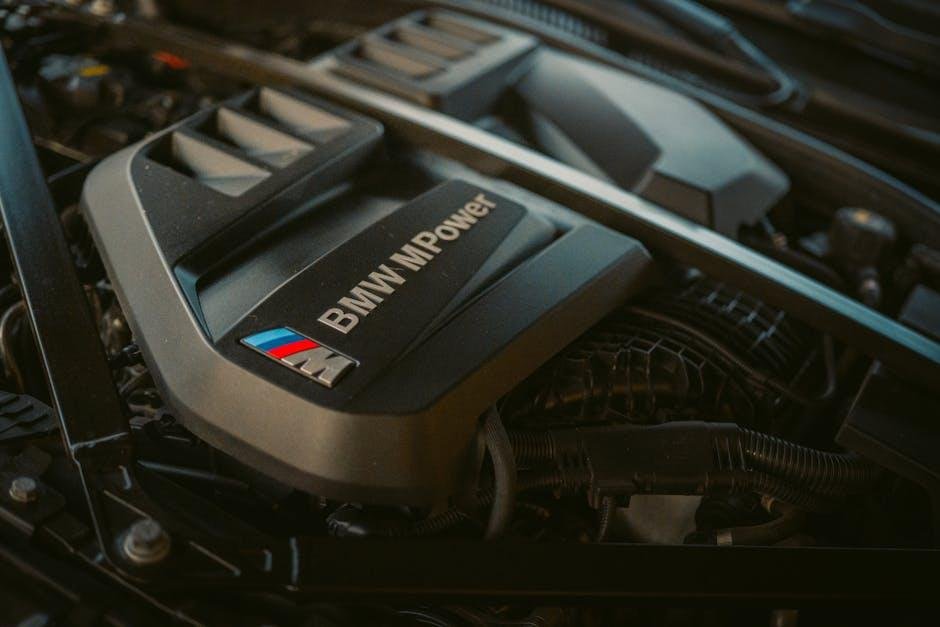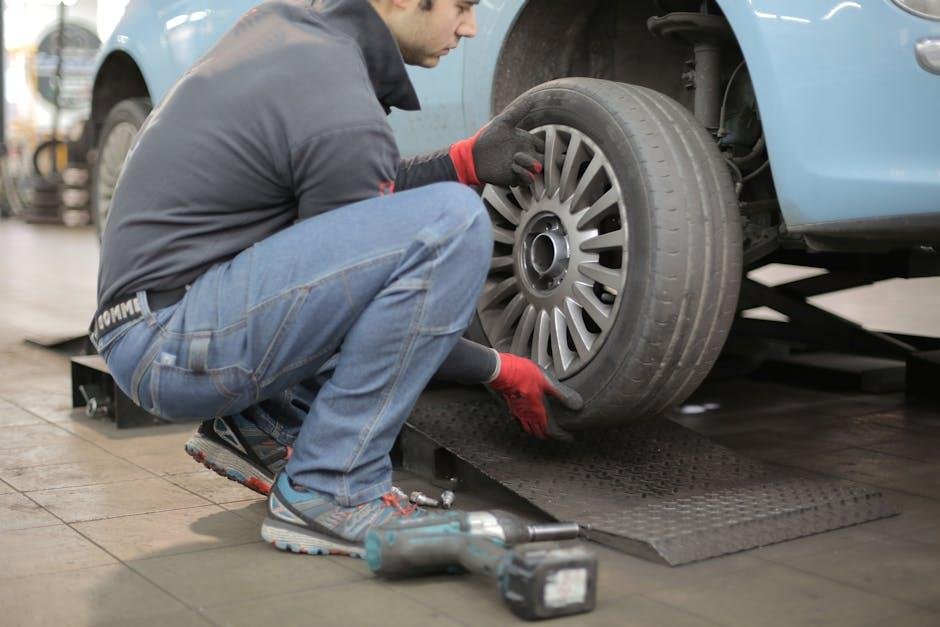Keeping our cars running smoothly is much like tending to a living organism; both require regular care and attention to thrive. For many drivers,the words “maintenance schedule” can evoke a sense of dread,conjuring images of intricate checklists and ominous garage visits. However, understanding your car’s maintenance schedule is not merely a chore—it’s an essential part of ensuring safety, performance, and longevity. In this article, we will unravel the intricacies of your vehicle’s maintenance timetable, illuminating the critical tasks that lie within it. From oil changes to tire rotations,we will explore how each service contributes to the overall health of your car. By grasping the nuances of your maintenance schedule, you will not only enhance your driving experience but also empower yourself as a responsible car owner—ready to keep your four-wheeled companion at its best for years to come.
Decoding the Basics of Your vehicle’s Maintenance Timeline
Understanding your vehicle’s maintenance timeline is essential for ensuring its longevity and performance. Each car comes equipped with a manufacturer’s maintenance schedule, typically found in the owner’s manual. This schedule outlines specific intervals for key services based on time or mileage. Regular mileage checks and calendar reminders can help you stay on track, preventing minor issues from escalating into costly repairs. Some of the critical milestones to watch for include:
- Oil changes: Generally every 5,000 to 7,500 miles
- Brake inspections: Every 10,000 miles or as needed
- Tire rotations: every 6,000 to 8,000 miles
- Fluid checks: At least every 6 months or 5,000 miles
Along with routine maintenance, certain vehicle components require attention at specific intervals. It’s crucial to keep an eye on items such as belts,batteries,and filters,which can significantly affect performance and safety.A well-maintained car not only runs more efficiently but also retains its value over time. Here’s a simple reference table for common service intervals:
| Service | Mileage Interval | Time Interval |
|---|---|---|
| Oil Change | 5,000 – 7,500 miles | 6 months |
| Tire Rotation | 6,000 – 8,000 miles | 6 months |
| Brake Inspection | 10,000 miles | 1 year |
| Battery Check | 40,000 miles | 2 years |

Key Components of a comprehensive Maintenance Checklist
A thorough maintenance checklist is essential for prolonging the life of your vehicle and ensuring safety on the road. At its core, a comprehensive checklist should cover both routine tasks and seasonal checks to adapt to changing conditions. Routine tasks include daily checks on fluid levels, tire pressure, and battery health, which form the backbone of your vehicle’s upkeep. Seasonal checks are crucial for preparing your car for winter or summer, such as inspecting the heating and cooling systems, replacing wiper blades, and checking the condition of the brakes.
When constructing a checklist, it’s beneficial to categorize items to ensure nothing crucial is overlooked. Consider including engine-related items, interior features, and exterior components. Here’s an example of how a simple checklist could be organized:
| Category | Item | Frequency |
|---|---|---|
| Engine | Oil Change | Every 5,000 miles |
| Interior | Check Air Filter | Every 15,000 miles |
| Exterior | Tire Rotation | Every 6,000 miles |
incorporating these key components into your maintenance checklist will not only help maintain your vehicle’s performance but also aid in identifying potential issues before they escalate. Regular adherence to the checklist will foster a proactive approach, ensuring that your car remains in optimum condition throughout its lifespan.

Seasonal Considerations for Optimal Vehicle Performance
Every season brings unique challenges and conditions that can significantly affect your vehicle’s performance. As temperatures fluctuate,various components of your car may require additional attention to ensure optimal operation. For instance, during the chilly winter months, engine oil viscosity can thicken, making it arduous for your engine to start and function efficiently. Regularly checking and switching to a winter-grade oil can prevent this slowdown. Additionally, ensuring your battery is healthy is crucial, as cold weather can sap its power and lead to unexpected failures.
Come spring and summer, the rising temperatures introduce new considerations. increased heat can affect tire pressure, leading to potential blowouts if not monitored regularly. It’s essential to inspect your tires for wear and ensure they’re properly inflated. Other areas of focus should include the cooling system and wiper blades, both of which endure rigorous conditions during hot weather and heavy rains. A speedy pre-season check up can mitigate issues down the line. Here’s a simple table to help you keep track of seasonal maintenance tips:
| Season | Maintenance Focus |
|---|---|
| Winter |
|
| Spring |
|

tips for Creating a Personalized Maintenance Routine
Creating a personalized maintenance routine for your vehicle can enhance its lifespan and performance significantly. Start by assessing your car’s unique needs, which may vary based on its make, model, and year. Consider these significant factors:
- Driving Habits: Frequent short trips, highway driving, or off-road conditions can influence maintenance frequency.
- Local Habitat: Extreme weather conditions, such as heat or cold, may affect certain components.
- Usage: If you tow heavy loads or carry ample weight regularly, ensure your routine accounts for additional strain on the vehicle.
Next,set clear timelines for each maintenance task. A well-organized schedule can help you stay on top of inspections and repairs. Try incorporating the following into your calendar:
- Oil Changes: Every 3,000 to 5,000 miles, or as recommended by your car’s manufacturer.
- Tire Rotations: Every 5,000 to 8,000 miles to promote even wear.
- Brake Inspections: at least twice a year to ensure safety.
| Maintenance Task | Frequency |
|---|---|
| Oil Change | 3,000 – 5,000 miles |
| Tire Rotation | 5,000 – 8,000 miles |
| Brake Inspection | Twice a year |
To Conclude
In the grand journey of car ownership, understanding your vehicle’s maintenance schedule is akin to navigating a well-mapped route. Just as a compass guides travelers along their paths, a maintenance schedule points you toward the health and longevity of your vehicle.By making a habit of adhering to these guidelines, you not only ensure optimal performance but also foster a deeper connection with the machine that carries you through life’s adventures. Think of each oil change and tire rotation as a milepost, marking progress in the story of your car.
As you close this chapter on maintenance knowledge, remember that regular care can prevent unexpected detours and costly repairs. So,whether you’re a seasoned driver or a novice behind the wheel,embrace your role as a proactive caretaker of your automobile. After all, a well-maintained car doesn’t just take you places; it enhances the journey itself. Safe travels!


